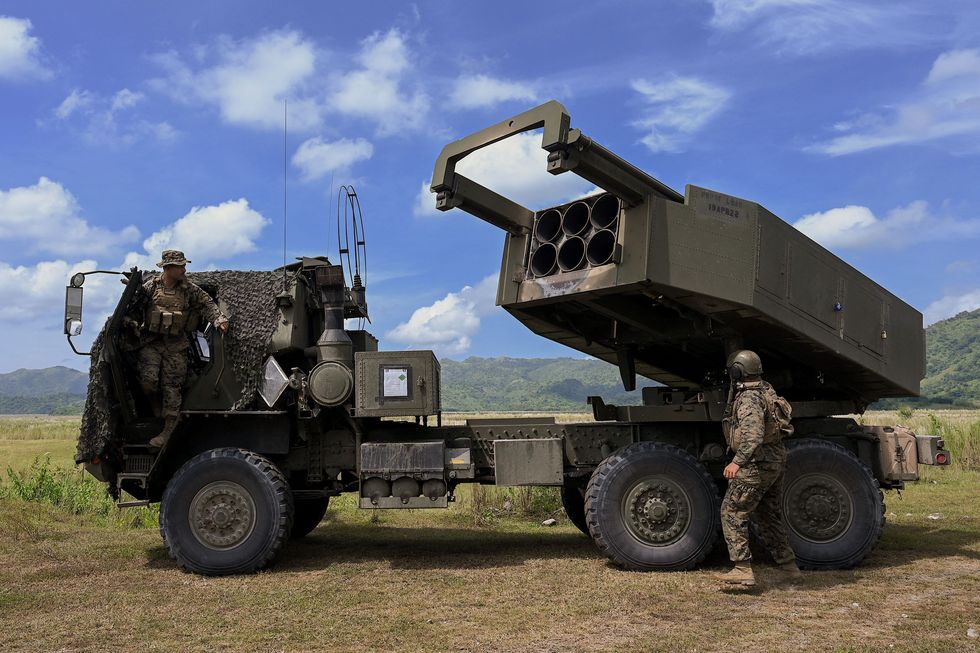Why the Marines Are Ditching Tanks and Howitzers to Prepare for America’s Next Big War.
The U.S. Marine Corps is undergoing its biggest reorganization in decades, slimming down and chopping weapon systems, such as tanks and howitzers, in an effort to become quicker, more agile, and more lethal, while specializing in operating in island chains and coastal areas. It’s all built on the service’s belief that the next war will resemble World War II far more than Iraq or Afghanistan.
After the Cold War, the Marine Corps began to resemble a second American land army; the Marines invaded Iraq over land in 1991 and again in 2003, and were functionally a land army in Afghanistan from 2001 to 2021. While the Marines were successful in this role, it was clear that with an aging U.S. population and rising entitlement spending, defense budgets would soon come under increasing scrutiny. Those inside the Marine Corps believed its role as a second land army would make the service seem redundant, bracing for future cuts.
If the Marines were to survive the coming budget wars, the Marine Corps’ leadership argued, the service would need to be seen as necessary within a well-defined and relevant niche. The result was Force Design 2030, a radical plan to sculpt the Marines to operate against Russia and China in coastal areas, the so-called littorals, and island chains and archipelagos. This included areas such as the Baltic Sea against Russia and the South China Sea against China—both areas where fighting would likely take place if the U.S. and its allies traded blows with Moscow and Beijing. Perhaps most importantly, it is the sort of warfare the U.S. Army has shifted its attention away from, giving the Marines the opportunity to seize it for themselves.




